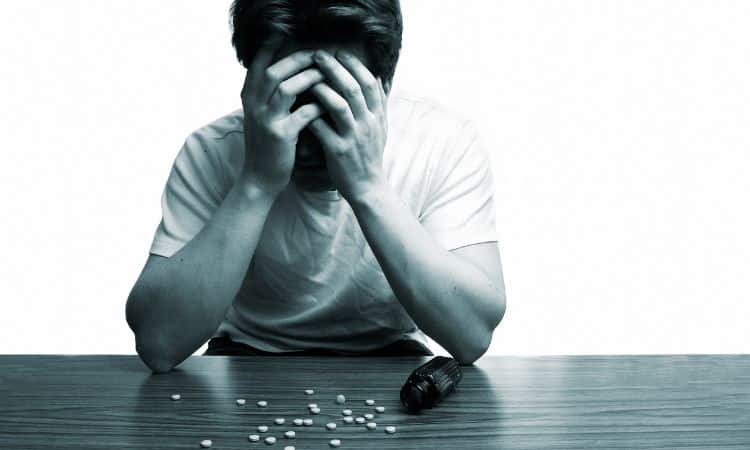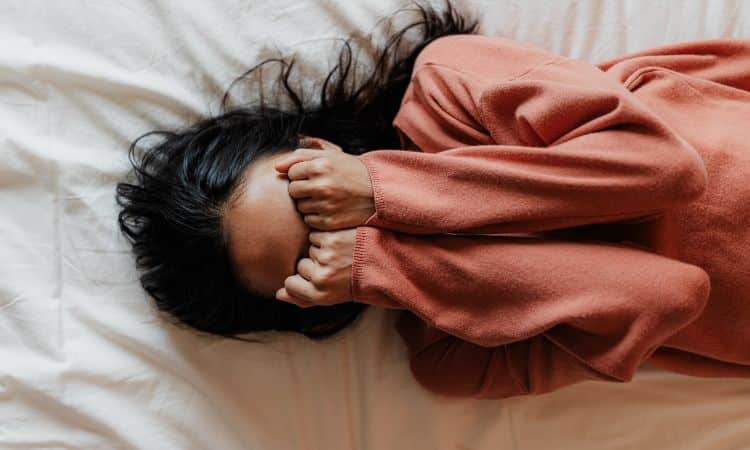You may wonder, do I have anxiety attacks? Or do I have panic attacks?
“Panic attacks” and “anxiety attacks” have different features although it is common for people to use them interchangeably. This is somewhat understandable given they do share some common symptoms.
Panic attacks are a surge of intense discomfort or fear that have other physical and mental symptoms.
Anxiety attacks are protective and is a part of the emotional response that is integrated with the human body. When anxiety becomes overwhelming where it impedes your everyday life, that is when it becomes concerning.
When a person experience panic attacks or anxiety attacks they may be tempted to use drugs or alcohol to cope. This often leads to substance abuse and dual diagnosis, a combination of substance abuse and mental health concerns.
Clinical Differences
The diagnosis on criteria found in the 5th edition of the DSM-5, also known as, the Diagnostic and Statistical Manual of Mental Disorders distinguishes the differences between anxiety attacks and panic attacks. Although anxiety attacks are known in the DSM-5 as just anxiety. This is what mental healthcare providers use in order to make a diagnosis and classify your condition.

The main differences between anxiety and panic are the intensity of symptoms and the duration of the main symptoms of which when they occur. Panic attacks generally peak around 10 minutes into them whereas generalized anxiety can last for many months.
Anxiety
- Can last for months
- Restlessness
- Muscle tension
- Fatigue
- Gradually builds
- Irritability
Panic Attack
- Lasts for minutes
- Sudden
- Shaking and trembling
- Hot flashes
- Chest pain
- Sense of detachment
Panic disorder is a condition associated with panic attacks, however, they can co-occur with other psychiatric disorders. Although, it is still possible to have a panic attack and have no other psychiatric disorders as well.
Panic attacks are accompanied by symptoms that are different than the anxiety which are:
- Derealization- Sense of detachment from the world
- Depersonalization- Detachment from the self
- The fear of dying or losing control
Anxiety though referred to in the modern world as an “anxiety attack.” Which the DSM-5 calls, anxiety and it is used to describe a core feature of many illnesses made up of different anxiety disorders. An example would be obsessive-compulsive disorder.
Anxiety is different from panic attacks of symptoms such as:
- Apprehension
- Worry, without extreme fear and without a sense of detachment
Panic Attack
Sudden and intense discomfort of feelings of fear and terror accompanied by other physical and mental symptoms. The symptoms are so intense and extreme that they cause great disruption. The DSM-5 states that a panic attack is characterized by at least four of the following symptoms.
Mental Symptoms
- Fear of dying
- Unreality or derealization
- Feeling detached from oneself or depersonalization
- Fear of going crazy or losing control
Physical Symptoms
- Chills
- Chest pains
- Feelings of choking
- Hot flashes
- Heart palpitations, accelerated heart rate, and pounding heart
- Feeling unsteady, faint, dizzy, or lightheaded
- Excessive sweating
- Nausea or abdominal distress
- Trembling of shaking
- Feeling short of breath or having difficulty breathing
- Numbness/tingling sensations also known as paresthesias
Panic attacks typically happen without an obvious cause or trigger. Though, in some cases they can be expected given the fear is caused by an identifiable stressor, being a phobia.
Symptoms for a panic attack peak within 10 minutes then taper and subside. However, some panic attacks can last much longer or even occur in succession, making it more challenging to figure out which attack ends and when another one begins.
After a panic attack, it is not unusual to feel worried, on edge, out-of-it and stressed for the remainder of the day.
Anxiety

Over some time, the symptoms of worrying a lot about some potential danger intensify. This excessive worry of potential danger in correlation with may be real or perceived.
With anxiety, there is also a build-up of anticipation that causes high-stress levels. Sometimes, it can reach a level where it starts to be overwhelming and begins to feel like someone is attacking you.
The symptoms of anxiety in relation to the symptoms of a panic attack are:
Mental Symptoms
- Irritability
- Difficulty concentrating
- Restlessness
Physical Symptoms
- Disturbed sleep
- Fatigue
- Dizziness
- Muscle tension
- Increase startle response
- Increase heart rate
Although some symptoms are similar to panic attacks, they are generally less intense. The symptoms of anxiety may be persistent, unlike a panic attack. It can also be very long-lasting, being days, weeks, or even months which greatly differs from a panic attack.
Diagnosis
It is estimated that 19.1% of U.S. adults each year suffer from anxiety which makes it one of the most common mental health conditions.
20% of people who experience symptoms of anxiety actually seek treatment for it, even though it can have a significant impact on one’s life.
Talking to your doctor about your anxiety is important because there are effective treatments available for treating anxiety and panic attacks.
Women are twice as likely as men to experience symptoms of anxiety. It is recommended now by the Women’s Preventative Services that anxiety screening should be done for all women over the age of 13 years old.
Screening for Anxiety or Panic Attack
During the screening and/or evaluation, the doctor will have you share your medical history. Then you will complete a physical exam. You will also have lab tests run to help determine if any medical illnesses could be causing your symptoms.
A mental health professional or doctor will also ask questions revolving around the symptoms that you are experiencing. They may have questions about your symptom’s duration, intensity and the overall daily impact it has on your life.
Based on your evaluation and/or screening, they then might make a diagnosis based on criteria found in the DSM-5.
Treatment for Panic and Anxiety
For anxiety or panic attacks, luckily there is a treatment that is effective for both. The most common treatment options are prescription medication, therapy and self-help strategies. Many people practice a combination of these methods for relief.
- Prescription medications- help reduce symptoms, and may only be needed for a short period of time
- Therapy- help you better understand your symptoms, develop ways to manage them, help gain a more positive outlook
- Self-help techniques- help with relaxation techniques such as breathing exercises, positive affirmations, progressive muscle relaxation, journaling, yoga, positive mantras, physical exercise, nutritional therapy, and meditation
Find Out More from Blue Hills
Don’t allow anxiety and panic attacks to disrupt your everyday life. If you or a friend, including a loved one, is experiencing anxiety and/or panic attacks we can help!
Here at Blue Hills Recovery, we offer many therapies and programs to help and we have various locations. We also accept most major insurances and offer a range of options to fit your lifestyle and financial means.
You can check out our success stories available on our website. If you have any questions we are available 24/7 to address your calls and online inquiries. Contact us anytime to get more help with panic attacks vs anxiety attacks.